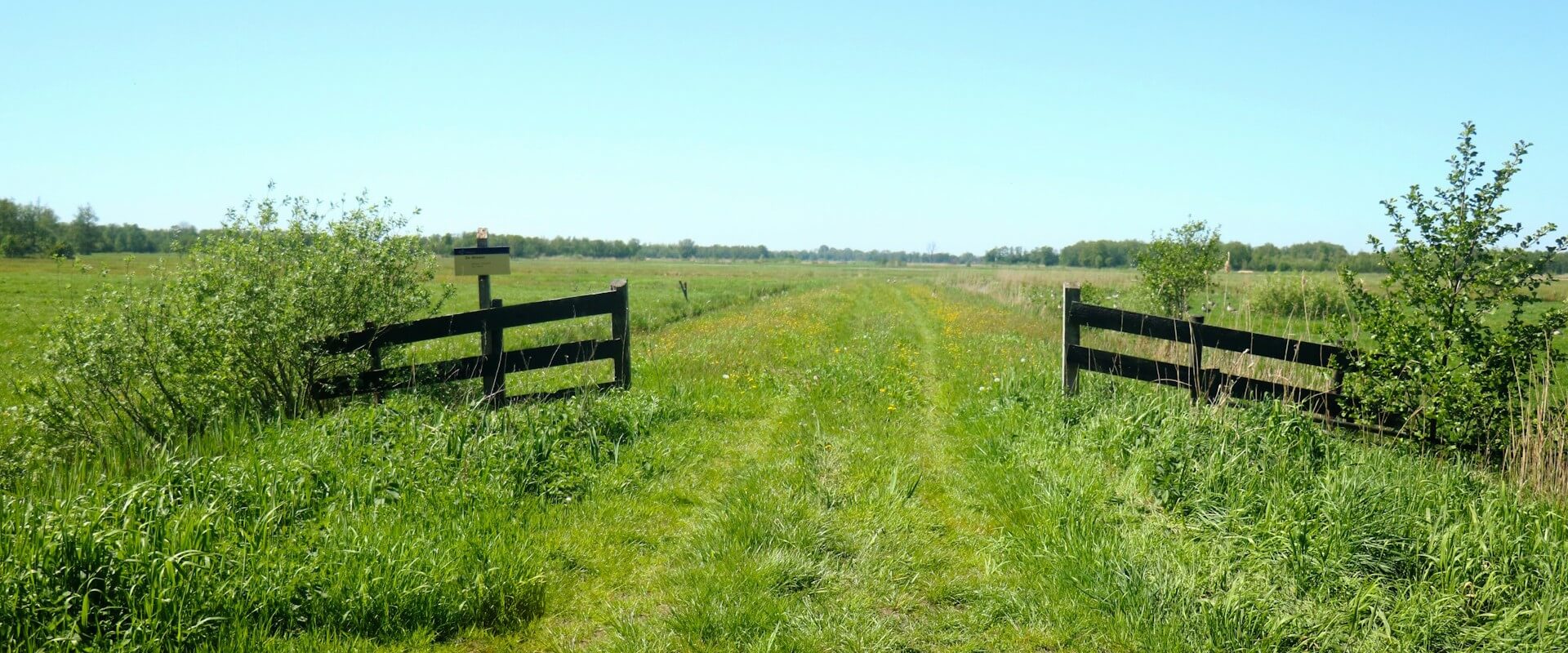Rivers are the lifeblood of our communities, providing invaluable benefits that extend far beyond their flowing waters. In the United States, a network of rivers crisscrosses the landscape, offering many advantages to both people, the economy, and the environment. From recreation to economic prosperity, the benefits of healthy rivers are undeniable. Let's dive into how these vital waterways positively impact our lives in a number of ways.
Recreation and Leisure Opportunities
Healthy rivers are popular destinations for recreational activities such as fishing, kayaking, canoeing, and swimming. These water bodies attract outdoor enthusiasts and tourists, fostering a connection with nature and promoting physical well-being. The mental and physical benefits of these activities are undeniable and are a fantastic opportunity for people of all ages to spend time together.
We are all familiar that the most-famous rivers like the Colorado, Yellowstone, and Mississippi offer diverse recreational experiences, from thrilling whitewater rafting adventures to serene picnics along their banks, but it’s not necessary to travel to one of these iconic rivers for exciting adventures. These activities and opportunities are waiting for us in rivers right in our backyards and the best part is they are free for everyone to enjoy!
Healthy Rivers Provide Economic Prosperity
 The economic significance of healthy rivers cannot be overstated. According to research from organizations like the Pew Trusts and American Rivers, vibrant river ecosystems support tourism, agriculture, and transportation industries. They drive local economies and provide livelihoods as many types of small businesses benefit from a healthy river in their community.
The economic significance of healthy rivers cannot be overstated. According to research from organizations like the Pew Trusts and American Rivers, vibrant river ecosystems support tourism, agriculture, and transportation industries. They drive local economies and provide livelihoods as many types of small businesses benefit from a healthy river in their community.
Small businesses across America in riverfront communities benefit from increased tourism and outdoor recreation, contributing to job creation and economic growth. For example, the Mississippi River acts as a vital artery for commerce, facilitating the transportation of goods and fostering trade along its extensive route.
Healthy Rivers Provide Biodiversity and Disaster Resilience
Healthy rivers support diverse ecosystems teeming with wildlife. These include fish, birds, and other aquatic species. Vibrant habitats provide crucial breeding grounds and nurseries for various organisms, contributing to the overall biodiversity of the region. All living creatures benefit from clean, flowing water, which extends the impact of a healthy river far beyond its shore and into our everyday lives.
Additionally, riparian vegetation along riverbanks helps stabilize soils, prevent erosion, and filter pollutants, safeguarding water quality and preserving ecological balance. Well-maintained rivers are crucial in mitigating the impacts of floods and other natural disasters. Healthy riparian areas and wetlands act as natural buffers, absorbing excess water and reducing the risk of downstream flooding.
As highlighted by organizations like the Albemarle County Community Development Department, strategic floodplain management and restoration efforts help protect communities from costly damages and ensure their resilience in the face of environmental challenges.
Water Supply and Quality Affects Long-Term Conditions
Healthy rivers ensure reliable access to clean water for drinking, irrigation, and industrial purposes. As highlighted by the European Centre for River Restoration (ECRR), river restoration initiatives can improve water quality. Several ways that this is accomplished include:
- reducing sedimentation
- controlling pollution
- restoring natural flow regimes
By safeguarding water resources, these efforts support public health, agriculture, and industry while mitigating the impacts of climate change and building resilience in vulnerable ecosystems.
By preserving natural floodplains, restoring wetlands, and enhancing riparian vegetation, we can buffer against the adverse effects of extreme weather events, such as floods, droughts, and storms. Furthermore, healthy rivers act as carbon sinks, sequestering carbon dioxide and mitigating greenhouse gas emissions. This contributes to global efforts to combat climate change.
Tips for Maintaining Healthy Rivers
First, it’s important to keep rivers free flowing. Free-flowing rivers are essential for maintaining healthy ecosystems. Policies and practices should be implemented to prioritize river connectivity. This allows the natural migration of aquatic species and sediment transport since healthy flowing rivers are vital for people and the environment, providing clean water, supporting agriculture, and sustaining ecosystems.
Riparian zones, the land areas adjacent to rivers, are crucial in maintaining river health. Planting native vegetation along riverbanks helps stabilize soil, filter pollutants, and provide habitat for wildlife. They are also home to countless species of animals and bugs including pollinators that directly support plant growth across the wider community.
River restoration projects can revitalize degraded waterways, enhancing their ecological and social benefits. The ECRR highlights the social benefits of river restoration, such as increased recreational opportunities, community engagement, and cultural value.
Sustainable water management practices are essential for ensuring adequate flow levels in rivers. Implementing water conservation measures, such as reducing water consumption and employing efficient irrigation techniques, helps maintain healthy river flows.
And finally, pollution significantly threatens river health, impacting water quality and aquatic life. Monitoring water quality and implementing measures to reduce pollution sources, such as agricultural runoff and industrial discharge, are crucial for preserving river ecosystems. According to a study featured in Yale Environment 360, human activities have taken a toll on rivers worldwide, underscoring the urgent need for pollution mitigation efforts.
Avoid These Behaviors for Healthy Rivers
Allow rivers to maintain their natural flow patterns. Dams, levees, and channelization alter natural flow patterns, disrupting river ecosystems and diminishing their resilience so avoid constructing new infrastructure that impedes natural flow regimes and consider alternatives that minimize ecological impacts.
Try to avoid building in flood-prone areas. This practice encroaches on vital floodplains, increasing the risk of flood damage and disrupting natural hydrological processes. You must respect floodplain boundaries and avoid development in these sensitive areas to mitigate flood risks and preserve riverine habitats!
Improper waste disposal, including plastics, chemicals, and sewage, contaminates rivers and harms aquatic life. Always dispose of waste responsibly, recycle whenever possible, and support initiatives to reduce plastic pollution and improve waste management practices.
Invasive species can outcompete native species, disrupt food webs, and alter ecosystem dynamics. This leads to biodiversity loss and ecosystem degradation. Always prevent the introduction of invasive species by avoiding the release of non-native plants and animals into river ecosystems.
And finally, effective river management requires collaboration and engagement with a diverse group of stakeholders. This includes, local communities, government agencies, and conservation organizations. Foster inclusive decision-making processes that incorporate local knowledge, values, and perspectives to ensure sustainable river stewardship.
Conclusion
Healthy rivers are essential for the well-being of both people and the planet.
By recognizing and harnessing healthy rivers' myriad benefits, we can ensure their continued vitality for future generations. Through collaborative efforts in conservation, restoration, and sustainable management, we can safeguard these invaluable resources and create thriving communities that thrive in harmony with nature.
About the Author
Dr. Christine Pickens is a wetland ecologist with over 15 years of experience managing a diversity of projects across the US focused on ecological research, restoration project management, and partnership building. Her current on-the-ground efforts are focused on multi-disciplinary coordination of dam removal and conservation of imperiled wetland types while expanding public access to and understanding of nature through park development and educational outreach.
Learn MoreWe are a trusted partner for dam removal projects to restore our rivers to their natural state
Learn More






